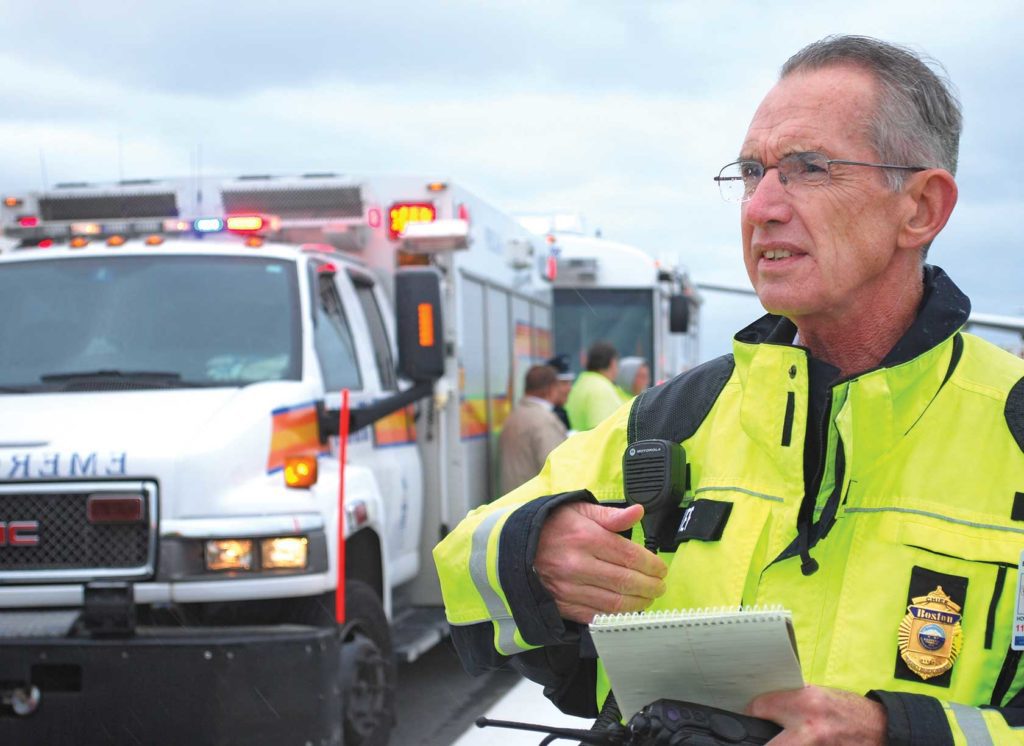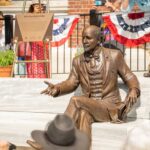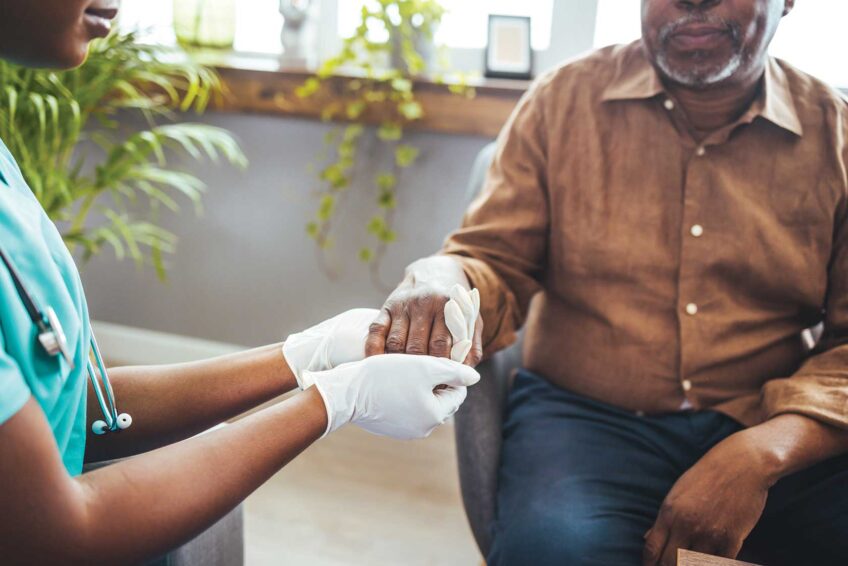
Even with ready access to emergency medical services, many people experiencing a heart attack drive themselves to the hospital. They assume they can get there faster and prefer not to cause a fuss.
But an ambulance can reach you before you reach the hospital. They have the right of way and can run through red lights. It’s not necessarily the speed that’s important here. Your condition can worsen while driving and, although not common, you can go into cardiac arrest. Survival of out-of-hospital cardiac arrests is very low.
Time is critical. The American Heart Association has established guidelines called door-to-balloon time, a timeframe of 90 minutes from symptoms to treatment for good results for a heart attack. Balloon refers to angioplasty, an intervention that widens obstructed arteries.
When you drive yourself, time is lost in traffic jams, emergency room registration and even assembly of a medical team.
Heart attacks are labeled Priority 1, explained James Hooley, Chief of Boston Emergency Medical Services. That indicates a situation requiring immediate medical attention for a life-threatening illness or injury. It’s a two-tier response by both Basic Life Support provided by firefighters and Advanced Life Support provided by paramedics.
The call taker keeps you on the line until help arrives. They confirm your address and telephone number in case of a disconnection. They might advise you to take aspirin, which slows clotting, and instruct in compression-only CPR should the need arise.
When the responders enter your home, you have a personal health care team devoted exclusively to you. They check your medical history and vital signs. They measure oxygen levels and start an IV to administer meds more quickly. If you’re in pain they provide nitroglycerin to relax the arteries allowing more blood to flow to the heart.
Using a portable 12-lead EKG machine, paramedics check for signs of a heart attack. The reading takes just a few seconds, but those few seconds form the basis for treatment in the hospital.
Constant monitoring continues en route in the ambulance to the closest hospital with expertise in catheterizations, which are tests to examine the extent of heart damage. When you reach the hospital, the medical team has already been assembled and is awaiting your arrival.
Another reason people don’t call 911 is failure to recognize the symptoms of a heart attack. A recent study published by the Centers for Disease Control and Prevention found that only 50% of those surveyed were familiar with the major symptoms.
People assume the pain is severe and confined to the chest. Wrong on both accounts. “It doesn’t have to be that dramatic,” Hooley explained. And the pain isn’t always in the center of the chest. It can be in the jaw, arm, back or neck.
Hooley offers some tips. Is the pain new? “Suddenly you get short of breath on the same set of steps you normally do,” he said. “That could be a sign. Or perhaps you’re sweating, but it’s not 95 degrees in August.” Sometimes the pain comes and goes. It lasts for 30 seconds and goes away. “It [the heart attack] can be evolving,” he explained.
The most important reason to call 911 is survival. According to the Heart Disease and Stroke Statistics – 2021 Update, transportation by EMS results in lower in-hospital deaths from heart attacks. If you drive yourself, time is lost, causing further damage to the heart.
Hooley refers to the oft-repeated refrain by cardiologists. “Time is muscle,” he said.







